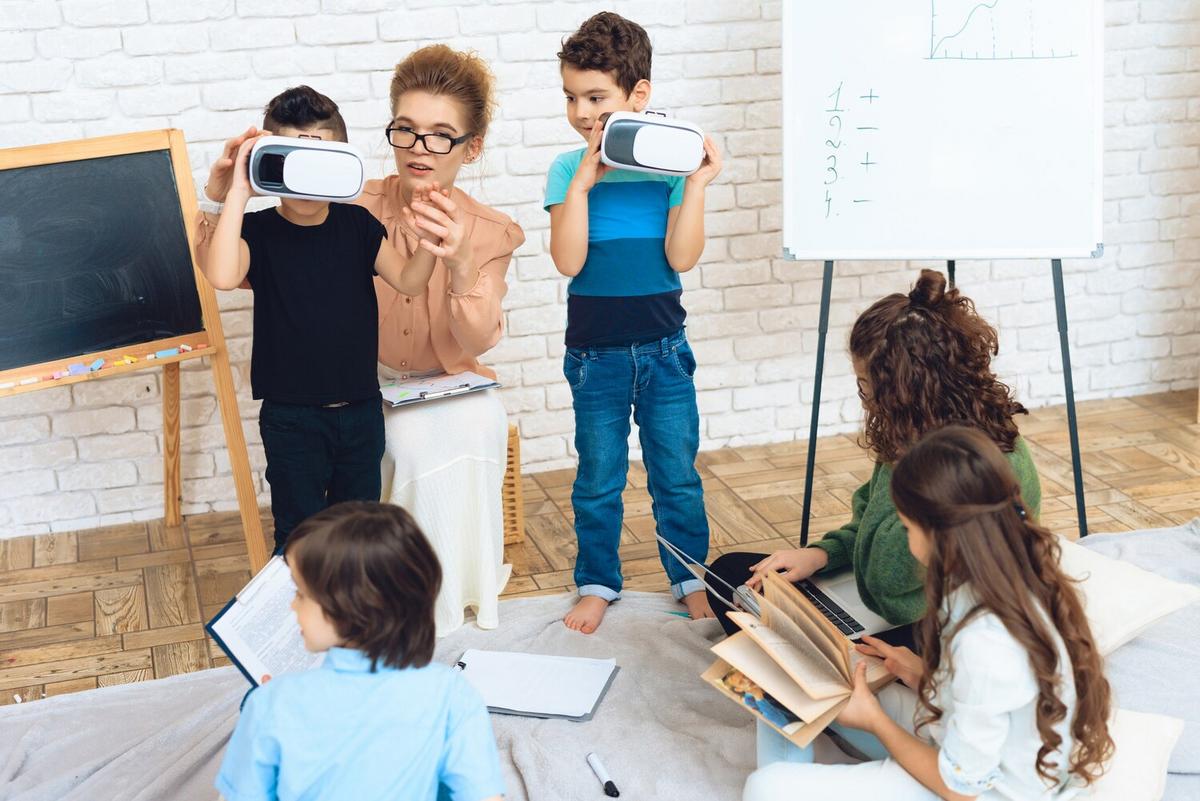
Overcoming Language Barriers in Multicultural Classrooms
Navigating the diverse linguistic landscape of multicultural classrooms is a rewarding yet challenging journey for educators worldwide. As cultural diversity continues to enrich our educational environments, addressing language barriers becomes essential for fostering inclusive and effective learning experiences.
Language barriers in multicultural classrooms can hinder communication, understanding, and the overall learning process. However, these challenges also present opportunities for growth and innovation in teaching methods. Let’s explore some strategies and insights to overcome these barriers effectively.
Understanding the Impact of Language Barriers
Language barriers can affect students’ academic performance and social interactions. According to a study by the Education Policy Institute, students who face language challenges are more likely to experience academic setbacks. This highlights the importance of addressing these barriers early on.
Expert Insights
Dr. Linda Garcia, an educational psychologist, emphasizes, “Teachers play a crucial role in bridging language gaps by implementing inclusive strategies that cater to diverse linguistic needs.”
Statistics Highlighting the Need for Action
- Approximately 23% of school-aged children in the U.S. speak a language other than English at home, according to the U.S. Census Bureau.
- Students with limited English proficiency have a dropout rate nearly twice that of their peers.
Strategies for Overcoming Language Barriers
1. Utilize Visual Aids
Incorporating visual aids such as diagrams, pictures, and videos can help bridge language gaps by providing context and visual representation of complex concepts.
2. Encourage Peer Support
Fostering a classroom environment where students help each other can be beneficial. Pairing students with strong language skills with those who need support can promote learning and cultural exchange.
3. Implement Multilingual Resources
Providing resources in multiple languages can aid comprehension and make learning more accessible. Online platforms often offer multilingual support, which can be a valuable resource.
4. Conduct Language Workshops
Organizing workshops for both students and teachers can enhance language skills and cultural awareness. These sessions can focus on language acquisition and intercultural communication.
Engage parents by offering language classes and resources, fostering a supportive home environment for language learning.
Personal Anecdotes and Examples
Consider the experience of Mr. Lee, a high school teacher who successfully integrated language learning apps into his curriculum. His students reported an increase in language proficiency and cultural understanding, demonstrating the effectiveness of technology in overcoming language barriers.
Helpful Resources
| Resource | Description |
|---|---|
| Colorín Colorado | Provides bilingual resources for educators and families of English language learners. |
| TESOL International Association | Offers resources and support for teachers of English as a second language. |
| ELL Foundation | Supports programs for English Language Learners. |
| Duolingo | A popular language learning app that can be used in classrooms. |
| Khan Academy | Provides educational videos and content in multiple languages. |
| British Council | Offers resources for teachers and students to improve language skills. |
| NABE | National Association for Bilingual Education, promoting educational equity and excellence for bilingual/multilingual students. |
| NAEYC | Provides resources for educators working with young children, including dual language learners. |
Frequently Asked Questions
How can teachers support students with limited English proficiency?
Teachers can support these students by using visual aids, encouraging peer support, and providing multilingual resources.
What role do parents play in overcoming language barriers?
Parents can reinforce language learning at home by engaging with language resources and supporting their children’s education.
Are there technologies that help overcome language barriers?
Yes, language learning apps and online platforms can provide additional support and resources for both teachers and students.
Conclusion
Overcoming language barriers in multicultural classrooms requires a combination of innovative teaching strategies, supportive resources, and active community involvement. By embracing these approaches, educators can create an inclusive environment that enhances learning for all students. Taking these steps not only improves educational outcomes but also enriches the cultural tapestry of the classroom.


